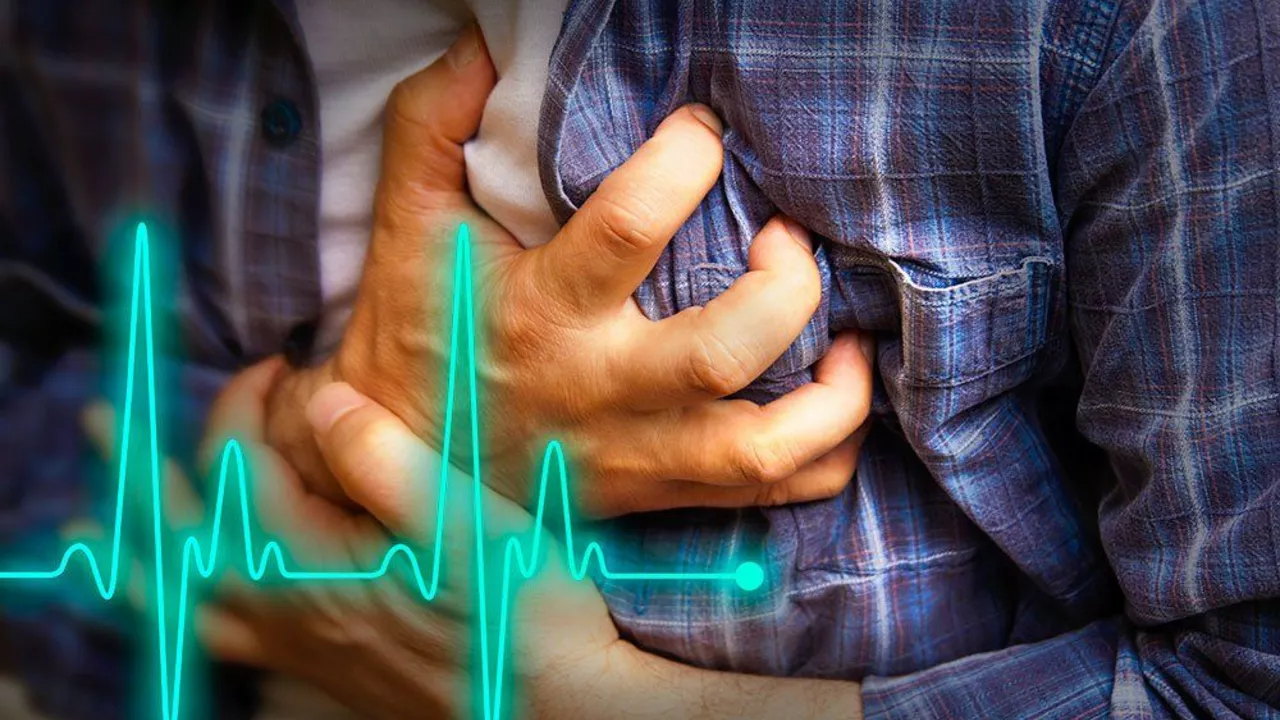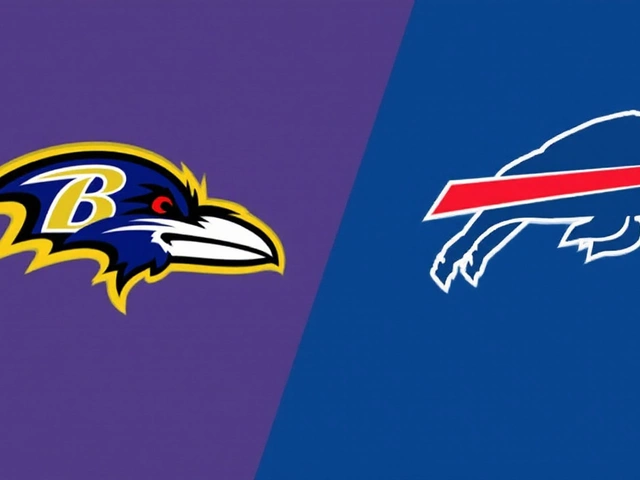Heart Health in School Sports
When we talk about Heart Health, the state of the heart and blood vessels, especially during physical activity. Also known as cardiovascular wellness, it matters a lot for students who play football, cricket, or any other school sport. Cardiovascular Fitness is a key part of that picture – it measures how well the heart pumps blood during exercise. Exercise Intensity decides how hard the heart works, and keeping it in a safe zone prevents sudden strain. Finally, Gym Safety covers the rules, breaks, and monitoring tools that protect young athletes while they train. Together these ideas show that Heart Health isn’t just a buzzword; it’s the foundation of performance and longevity in school sports.
Why It Matters for Young Athletes
Students often think a hard sprint or a heavy lift automatically makes them stronger, but without proper pacing they risk a heart episode. Studies in school physiotherapy show that sudden spikes in heart rate, especially in kids who are out of shape, can trigger cardiac events. That’s why tracking heart rate zones – low, moderate, high – is a simple yet powerful habit. Nutrition also plays a role: balanced meals with enough potassium and magnesium help the heart contract smoothly. Coaches who combine warm‑ups, cool‑downs, and regular cardio checks create an environment where cardiovascular fitness improves without overloading the heart.
Another piece of the puzzle is education. When teachers explain how a steady beat supports stamina, students start listening to their bodies. Tools like wearable heart monitors give real‑time feedback, turning abstract concepts into visible numbers. Knowing when to pause, hydrate, or adjust intensity turns a risky spur‑of‑the‑moment sprint into a smart training decision. By weaving together fitness drills, safety protocols, and basic heart science, schools can lower the odds of heart‑related incidents and boost overall team spirit.
Below you’ll find stories, tips, and research that dive deeper into each of these areas – from managing workout intensity to recognizing early warning signs. Whether you’re a student, parent, or coach, the collection offers practical insight to keep hearts beating strong on and off the field.







